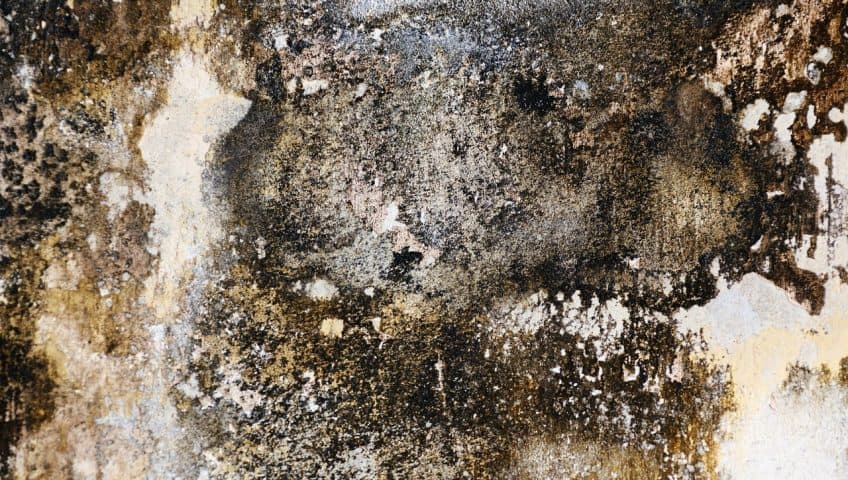
Types of Damp
Dampness Types
Find out more about the types of damp that could be affecting your home or property with London Damp Specialists.
Rising Damp
Dampness is an ever-present risk in London buildings. Rising damp usually happens in old homes and occurs when the water from the ground rises into and through the capillaries of bricks and mortar of buildings. Over time, a musty smell will develop as more plaster is exposed to water. How high the water rises depends on the type of plaster used and the rate of evaporation.
What you see on buildings walls when rising damp happens is due to the contents present in the ground water, such as soluble salts, chlorides, nitrates, and sulphates. When the ground water rises through the capillaries, the contents will follow along. However, the water would evaporate, leaving those salt contents behind. When rising damp occurs often, this allows more water to enter and then leave more of their salts behind, becoming even more concentrated over time. Furthermore, since chlorides and nitrates are hygroscopic, meaning that they can absorb moisture from the surrounding, a greater salt concentration will attract a greater amount of moisture. This can be worsened if the weather in your area is often humid. And blocking the dampness with decorations is not a solution as they can be contaminated by the salts too.
Penetration damp
Penetrating damp occurs when your external walls let in moisture. The moisture then penetrates into the inner walls. It can be responsible for cracking and peeling off of paint as well as the growth of mould and mildew. It is important to understand that unless you deal with the problem, water will continuously seep into the walls causing dampness that will in-turn cause the structure of your home to rot.
Condensation
Condensation is also known to cause dampness. If you have leaking pipes or poor ventilation, you are likely to get condensation dampness. If the skirting boards in your house are decaying, the walls are staining and discolouring the paint is peeling and the timber floor is rotting, there is a very good chance you have rising dampness.
How to deal with dampness
Dealing with dampness is not rocket science. You simply need to identify and address the root cause. If it is leaking pipes and old gutters, you need to replace them. This will help dry and help you ascertain that the problem will not recur. Nonetheless, if this is not your forte, you can hire an expert. the process which is called damp proofing solves the dampness problem once and for all.
There are loads of individuals and firms that provide tanking services, but you should understand that not all are credible. Before hiring an expert, inquire about credentials and level of experience, and make a point of talking to some of their previous clients.
Request a Survey
Call us on 020 8528 3864 or fill out the form below with your details

